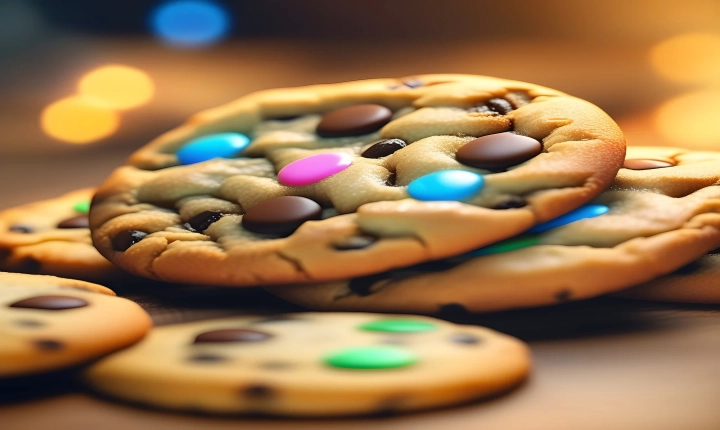AI-Generated Art: Navigating the Legal Landscape
In recent years, the use of artificial intelligence (AI) in creating art has become increasingly prevalent. From paintings to music compositions, AI-generated art has fascinated and intrigued both the art world and the general public. However, as this technology continues to evolve, questions surrounding its legality and the rights associated with AI-generated art have surfaced.
The first and most pressing question is: can AI-generated art be copyrighted? Generally, copyright law protects original works of authorship fixed in a tangible medium of expression. However, since AI-generated art is not created by a human author in the traditional sense, the question of authorship becomes complex. In the United States, the Copyright Office has issued a statement clarifying that it will not register works produced by nature, animals, or plants, and it has not specifically addressed AI-generated works. This lack of clarity has left a gap in the legal framework for protecting AI-produced art.
Another aspect of AI-generated art that raises legal concerns is the use of algorithms and datasets. Many AI systems rely on vast amounts of pre-existing data to create their art, raising questions about the legality of using copyrighted material in the process. This issue becomes increasingly complex when AI is used to create derivative works or to mimic the style of a particular artist, potentially infringing on the original creator’s rights.
Furthermore, the question of ownership of AI-generated art is also a point of contention. If an AI system is used by a company or individual to create art, who holds the rights to that art? In traditional practice, the creator of a work is the initial owner of the copyright, but applying this principle to AI-generated art presents a unique challenge.
Some legal experts argue that the creators or owners of the AI system should be considered the authors of the art it produces, assuming responsibility for copyright protection and ownership. However, others argue that such a proposition neglects the creative input and decision-making of the human operator of the AI system and fails to account for the collaborative nature of AI-generated art.
As the legal community is confronted with these questions, it is evident that the existing legal framework may not be fully equipped to address the complexities of AI-generated art. Furthermore, international differences in copyright and intellectual property laws add another layer of complexity to this issue.
To address these challenges, it may be necessary for policymakers and legal experts to reconsider existing laws and develop new legislative frameworks and guidelines specifically tailored to AI-generated art. This could involve recognizing AI systems as “tools” rather than “authors,” providing clear guidelines for the use of copyrighted material in AI-generated art, and establishing ownership and liability structures that account for the dual roles of AI and human operators.
In the absence of specific regulations, some organizations and artists have chosen to address these issues through contractual agreements. These agreements may outline the rights and responsibilities of both the AI system and its human operator, as well as any relevant intellectual property considerations.
In conclusion, the emergence of AI-generated art has brought to the forefront a range of legal challenges that need to be addressed. From copyright protection and ownership to the use of pre-existing data and algorithms, the legal landscape for AI-generated art is undoubtedly complex and, in many ways, uncharted. As the technology continues to develop and proliferate, it is imperative for the legal community to engage in proactive discussions and create a framework that can adequately address the unique aspects of AI-generated art. Clear and comprehensive regulations will not only protect the rights of creators and owners but also foster the growth and innovation of this increasingly influential form of artistic expression.
